Home>Furniture & Design>Interior Design Trends>What Is The Front Glass Of A Car Called
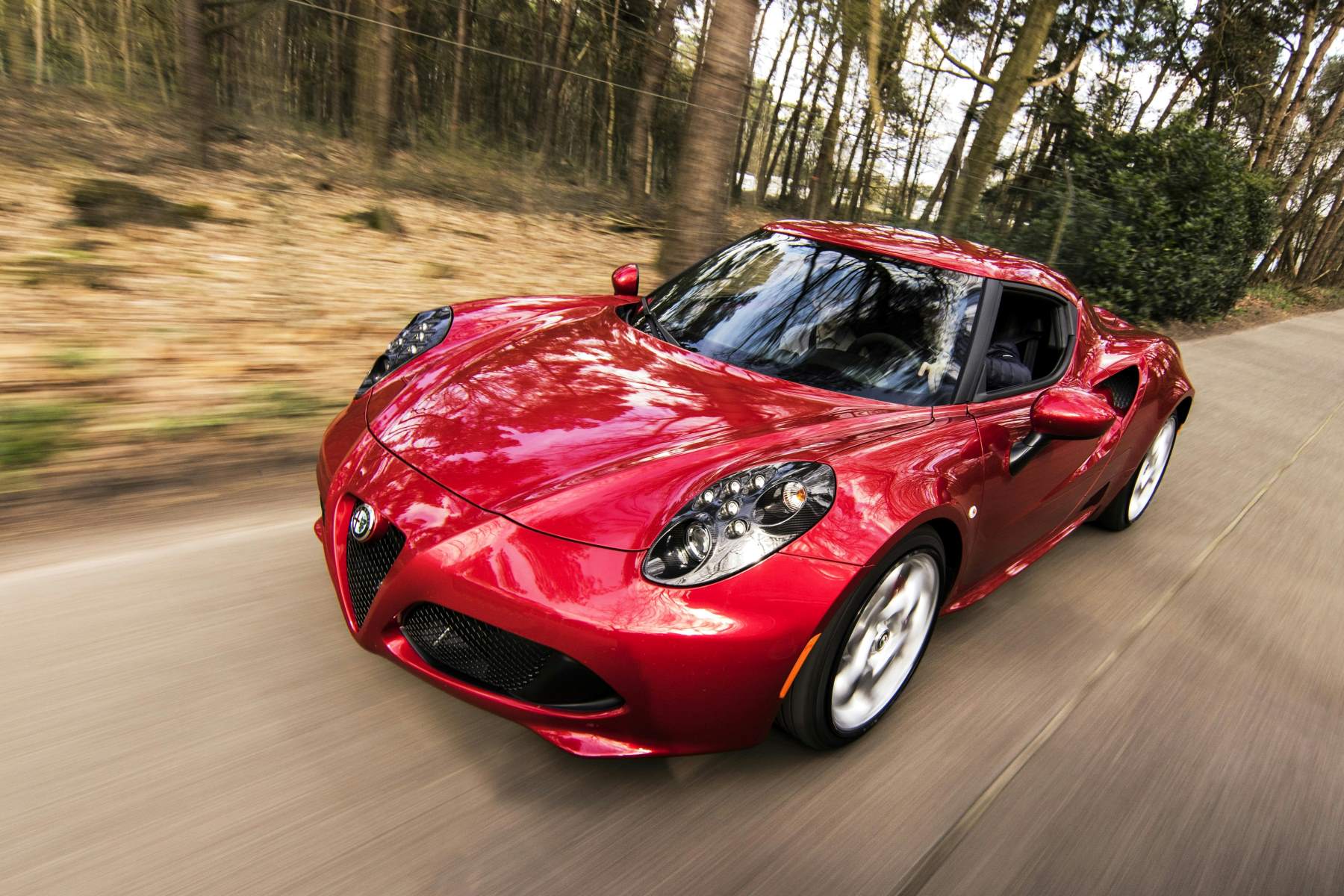

Interior Design Trends
What Is The Front Glass Of A Car Called
Modified: October 20, 2024
Discover the latest interior design trends for your car's front glass and enhance your driving experience with style and functionality. Explore innovative ideas and inspiration for interior design trends.
(Many of the links in this article redirect to a specific reviewed product. Your purchase of these products through affiliate links helps to generate commission for Storables.com, at no extra cost. Learn more)
Introduction
The front glass of a car, also known as the windshield, is a vital component that often goes unnoticed until it requires attention. This essential feature serves as a protective barrier between the driver and the external environment, offering visibility and structural support to the vehicle. Understanding the significance of the front glass is crucial for ensuring safe and comfortable driving experiences.
The windshield, typically made of laminated safety glass, plays a pivotal role in safeguarding the occupants of the vehicle. Its design and placement are meticulously engineered to provide optimal protection against external elements such as wind, debris, and inclement weather conditions. Moreover, the front glass contributes to the structural integrity of the car, enhancing its overall safety features.
As a prominent feature of the vehicle's exterior, the front glass also contributes to the aesthetic appeal of the car. Its design and condition can significantly impact the overall visual impression, making it an important aspect of automotive design and styling. Furthermore, advancements in technology have led to innovative front glass solutions, incorporating features such as UV protection and acoustic insulation to enhance the driving experience.
In the following sections, we will delve deeper into the definition, purpose, types, and maintenance of the front glass, shedding light on its multifaceted role in the automotive industry. Understanding the intricacies of this essential component will not only foster a greater appreciation for its functionality but also empower car owners to prioritize its care and maintenance for long-term durability and safety.
Key Takeaways:
- The front glass of a car, also known as the windshield, is a crucial component that provides visibility, protection, and structural support, enhancing safety and driving comfort.
- Regular maintenance, including cleaning, chip repair, and wiper blade upkeep, is essential for preserving the integrity and functionality of the front glass, ensuring optimal visibility and long-term durability.
Read more: What Is The Roof Of A Porch Called
Definition of Front Glass
The front glass of a car, commonly referred to as the windshield, is a specialized component designed to provide a clear and unobstructed view of the road ahead while offering protection to the vehicle's occupants. Positioned at the front of the car, the windshield serves as a crucial barrier between the interior of the vehicle and the external environment. It is typically made of laminated safety glass, a material specifically engineered to enhance safety and durability.
The construction of the front glass involves a lamination process, where two layers of glass are bonded together with a layer of polyvinyl butyral (PVB) in between. This design is aimed at preventing the glass from shattering upon impact, thereby reducing the risk of injuries in the event of a collision. The use of laminated safety glass also contributes to the structural integrity of the vehicle, providing support to the roof and preventing it from collapsing in the event of a rollover accident.
In addition to its protective function, the front glass plays a pivotal role in maintaining the aerodynamic efficiency of the vehicle. Its streamlined design helps minimize air resistance, contributing to fuel efficiency and overall performance. Furthermore, the windshield acts as a shield against wind, rain, and debris, ensuring a comfortable driving experience for the occupants.
Moreover, the front glass is equipped with defrosting elements, commonly known as the defroster, to clear any condensation or frost that may obstruct visibility during adverse weather conditions. This feature enhances safety by ensuring a clear line of sight for the driver, especially in cold or humid climates.
Overall, the front glass of a car embodies a harmonious blend of functionality, safety, and design. Its innovative construction and strategic placement make it an indispensable component that significantly contributes to the overall driving experience. Understanding the intricacies of the front glass is essential for appreciating its multifaceted role in ensuring safety, comfort, and visual clarity for drivers and passengers alike.
Purpose of Front Glass
The front glass of a car, commonly known as the windshield, serves a multitude of crucial purposes that are integral to the overall functionality and safety of the vehicle. Its primary role is to provide an unobstructed view of the road ahead, allowing the driver to navigate safely and effectively. This clear visibility is essential for anticipating and reacting to potential hazards, ensuring a smooth and secure driving experience for the occupants of the vehicle.
In addition to offering visibility, the front glass acts as a protective barrier, shielding the driver and passengers from external elements such as wind, rain, and debris. Its robust construction, typically made of laminated safety glass, is engineered to withstand impact and prevent shattering, thereby reducing the risk of injuries in the event of a collision. This protective function is further enhanced by the windshield's contribution to the structural integrity of the vehicle, particularly in the event of a rollover accident.
Furthermore, the front glass plays a pivotal role in maintaining the aerodynamic efficiency of the car. Its streamlined design minimizes air resistance, contributing to improved fuel efficiency and overall performance. This not only benefits the vehicle's operational costs but also aligns with sustainable driving practices by reducing fuel consumption and emissions.
Moreover, the front glass is equipped with defrosting elements, commonly known as the defroster, to ensure optimal visibility during adverse weather conditions. This feature effectively clears condensation, frost, or ice, enabling the driver to maintain a clear line of sight regardless of external environmental factors. By enhancing visibility and mitigating potential obstructions, the front glass significantly contributes to the safety and comfort of the vehicle's occupants.
In essence, the front glass of a car embodies a harmonious fusion of functionality, safety, and design. Its multifaceted purposes, ranging from providing visibility and protection to enhancing aerodynamic efficiency and weather resilience, underscore its indispensable role in the driving experience. Understanding the diverse functions of the front glass is essential for recognizing its pivotal contribution to the overall safety, comfort, and performance of the vehicle.
Types of Front Glass
The evolution of automotive technology has led to the development of various types of front glass, each tailored to meet specific functional and aesthetic requirements. Understanding the distinct characteristics and applications of these front glass variants is essential for car owners and enthusiasts alike. Let's explore the diverse types of front glass that have redefined automotive design and safety standards.
-
Laminated Safety Glass: This type of front glass is the most common in modern vehicles. It is constructed by sandwiching a layer of polyvinyl butyral (PVB) between two sheets of glass. The lamination process enhances the structural integrity of the glass, reducing the risk of shattering upon impact. Laminated safety glass is designed to provide optimal protection to the vehicle's occupants while ensuring clear visibility for the driver.
-
Tempered Glass: While not as prevalent as laminated safety glass in windshields, tempered glass is utilized in some automotive applications. Tempered glass undergoes a specialized heat treatment process, resulting in enhanced strength and durability. In the event of breakage, tempered glass shatters into small, dull-edged fragments, reducing the risk of severe injuries. This type of front glass is often employed in side and rear windows, contributing to overall safety in the event of a collision.
-
Solar Control Glass: With a focus on enhancing comfort and energy efficiency, solar control glass incorporates advanced technologies to mitigate the impact of solar radiation. This type of front glass is designed to minimize heat buildup within the vehicle, reducing the reliance on air conditioning systems and enhancing fuel efficiency. Additionally, solar control glass offers UV protection, safeguarding the occupants from harmful sun exposure while maintaining a comfortable interior temperature.
-
Acoustic Glass: In response to the growing emphasis on interior comfort, acoustic glass has emerged as a valuable addition to modern vehicles. This specialized front glass is engineered to reduce external noise infiltration, creating a quieter and more serene driving environment. By incorporating acoustic interlayers, acoustic glass effectively dampens external sounds, contributing to a refined driving experience and heightened comfort for the occupants.
-
Heads-Up Display (HUD) Glass: As automotive technology continues to advance, HUD glass has gained prominence in modern vehicles. This innovative front glass integrates transparent display elements, allowing essential driving information to be projected directly onto the windshield. HUD glass enhances driver safety by providing critical data such as speed, navigation instructions, and vehicle warnings within the driver's line of sight, minimizing distractions and promoting focused driving.
Understanding the diverse types of front glass available in the automotive industry underscores the continuous innovation and commitment to safety, comfort, and performance. Each variant offers unique benefits, catering to specific needs and preferences while contributing to the overall driving experience. As automotive design and technology evolve, the versatility and functionality of front glass continue to play a pivotal role in shaping the future of vehicle safety and comfort.
Maintenance of Front Glass
Proper maintenance of the front glass, or windshield, is essential for ensuring optimal visibility, safety, and longevity. Regular upkeep and proactive care can significantly contribute to the overall driving experience while minimizing the risk of potential hazards and costly repairs. Here are key maintenance practices to uphold the integrity and functionality of the front glass:
Read more: What Is An Enclosed Porch Called
1. Regular Cleaning:
Frequent cleaning of the front glass is crucial for maintaining clear visibility. Removing dirt, grime, and debris from the windshield not only enhances visibility but also prevents the accumulation of substances that may compromise the integrity of the glass over time. Utilizing a mild glass cleaner and a soft, non-abrasive cloth is recommended to avoid scratches and maintain the pristine condition of the front glass.
2. Inspection and Repair of Chips and Cracks:
Promptly addressing any chips or cracks on the front glass is imperative for preventing further damage and ensuring structural integrity. Small chips can quickly escalate into larger cracks, compromising the safety and functionality of the windshield. Engaging professional glass repair services to assess and repair any damage is essential for preserving the strength and clarity of the front glass.
3. Wiper Blade Maintenance:
Regular inspection and replacement of worn-out wiper blades are essential for preserving the condition of the front glass. Over time, worn or damaged wiper blades can cause streaking, smearing, or scratches on the windshield, impairing visibility and potentially compromising safety. Ensuring that the wiper blades are in good condition and free from debris can prevent unnecessary damage to the front glass.
4. Sealant and Weather Stripping Inspection:
The integrity of the sealant and weather stripping around the front glass should be routinely inspected to prevent water leakage and potential damage to the interior of the vehicle. Damaged or deteriorating sealant can compromise the structural integrity of the windshield, leading to potential leaks and corrosion. Addressing any issues with the sealant and weather stripping promptly is crucial for preserving the functionality and longevity of the front glass.
5. Professional Maintenance and Repairs:
Engaging certified automotive professionals for comprehensive front glass maintenance and repairs is highly recommended. Professional technicians possess the expertise and specialized tools to assess, repair, and maintain the front glass effectively. From addressing complex cracks to ensuring proper alignment and sealing, professional maintenance services play a pivotal role in upholding the safety and functionality of the front glass.
By adhering to these maintenance practices, car owners can safeguard the integrity and functionality of the front glass, ensuring optimal visibility, safety, and long-term durability. Prioritizing the maintenance of the front glass not only enhances the driving experience but also contributes to the overall safety and comfort of the vehicle's occupants.
Conclusion
In conclusion, the front glass of a car, commonly known as the windshield, embodies a harmonious fusion of functionality, safety, and design. Its multifaceted role in providing visibility, protection, and structural support underscores its indispensable contribution to the overall driving experience. The diverse types of front glass, ranging from laminated safety glass to innovative variants such as solar control glass and heads-up display (HUD) glass, showcase the continuous evolution of automotive technology and the commitment to enhancing safety, comfort, and performance.
Understanding the pivotal purposes of the front glass, including its protective function, aerodynamic efficiency, and weather resilience, underscores its significance in ensuring a safe and comfortable driving environment. The maintenance of the front glass is equally crucial, with regular cleaning, prompt repair of chips and cracks, and proactive upkeep of wiper blades and sealant contributing to the longevity and functionality of the windshield.
As automotive design and technology continue to advance, the front glass remains a cornerstone of vehicle safety and comfort. Its seamless integration of innovative features, such as defrosting elements, UV protection, and acoustic insulation, reflects the industry's dedication to enhancing the driving experience while prioritizing occupant safety.
In essence, the front glass of a car transcends its conventional role as a mere protective barrier, emerging as a symbol of technological innovation, safety, and design excellence. Its continuous evolution and adaptability to diverse driving conditions underscore its enduring relevance in the automotive landscape. By recognizing the multifaceted significance of the front glass, car owners and enthusiasts can cultivate a deeper appreciation for its pivotal role in shaping the future of vehicle safety, comfort, and performance.
Frequently Asked Questions about What Is The Front Glass Of A Car Called
Was this page helpful?
At Storables.com, we guarantee accurate and reliable information. Our content, validated by Expert Board Contributors, is crafted following stringent Editorial Policies. We're committed to providing you with well-researched, expert-backed insights for all your informational needs.







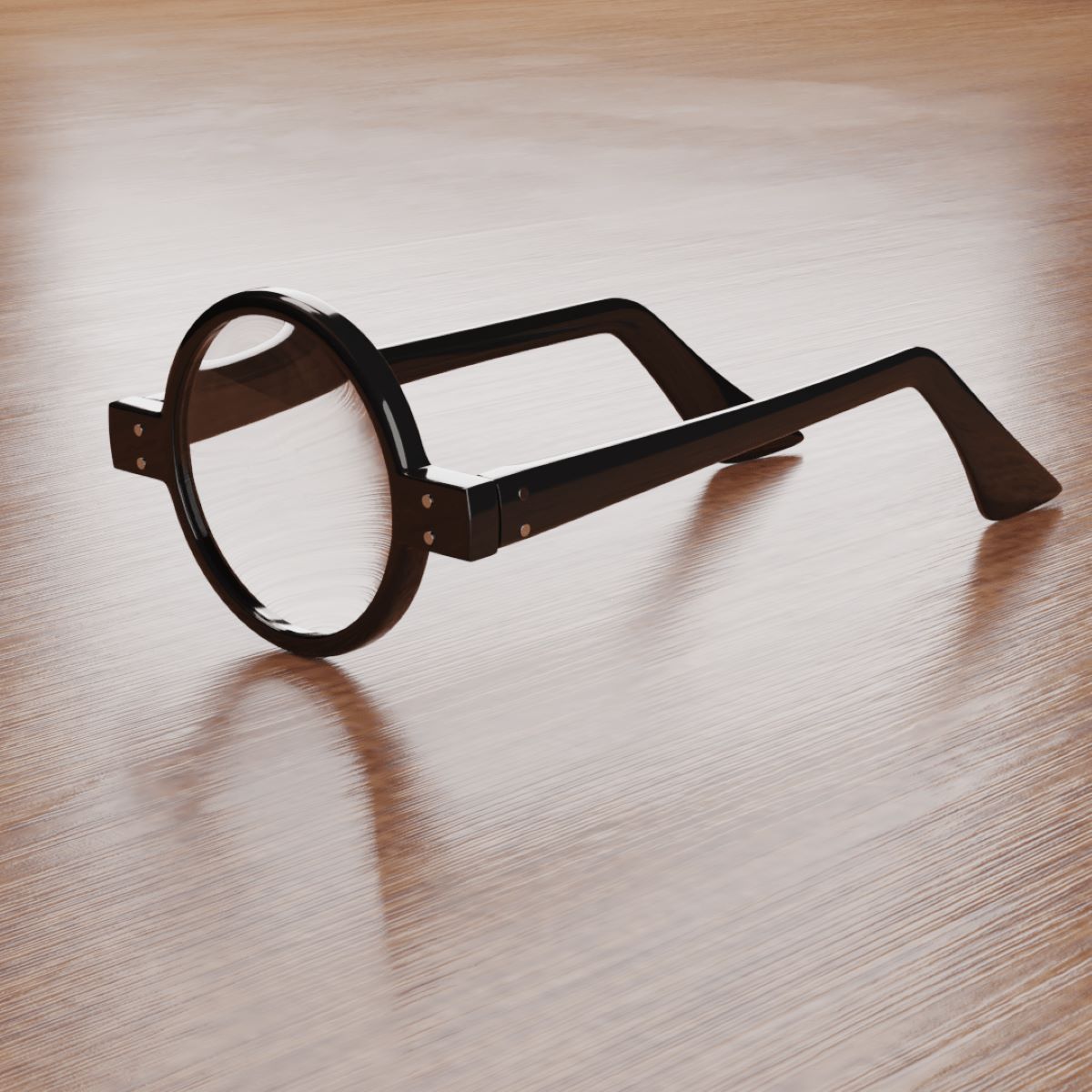
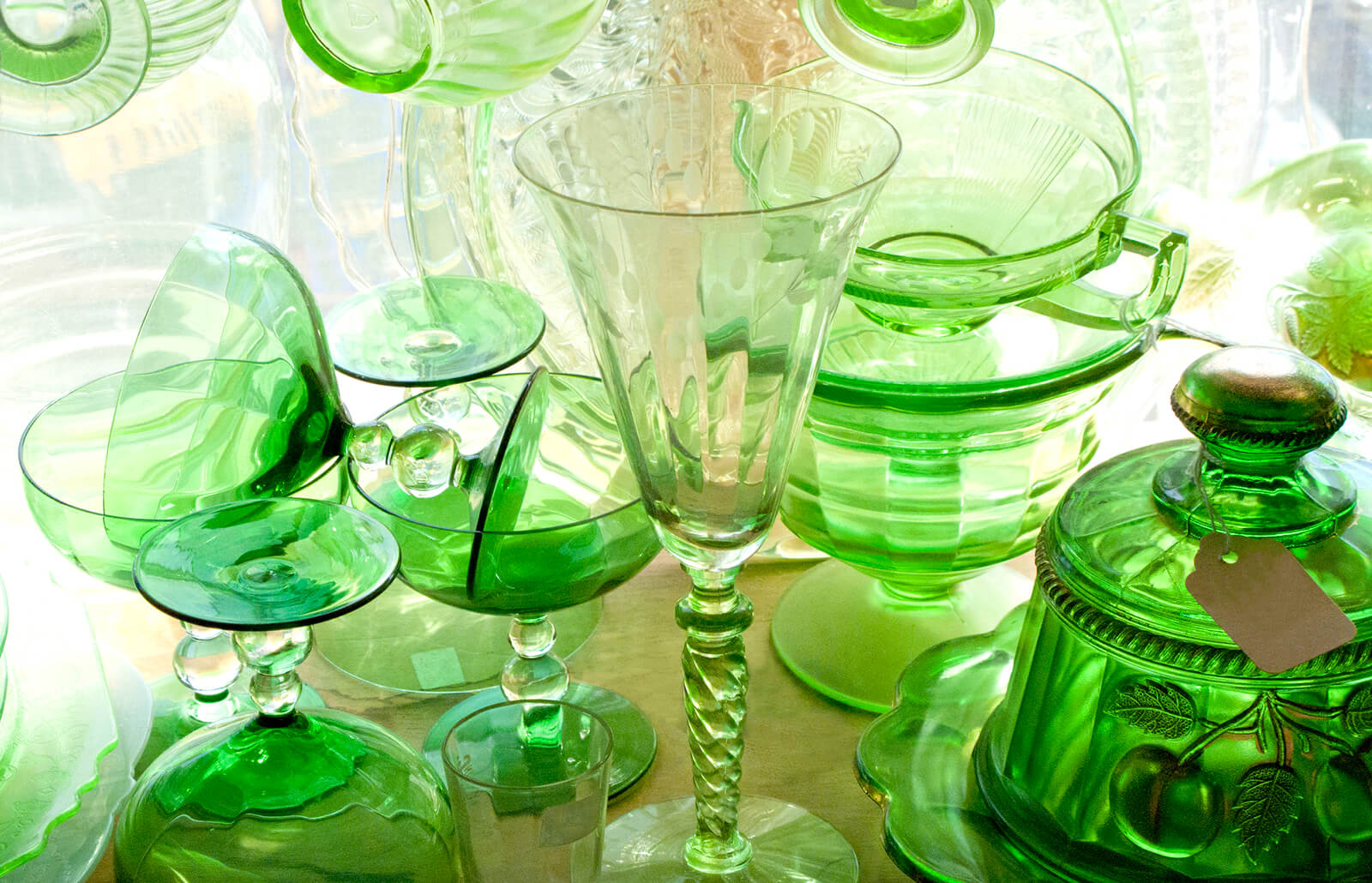


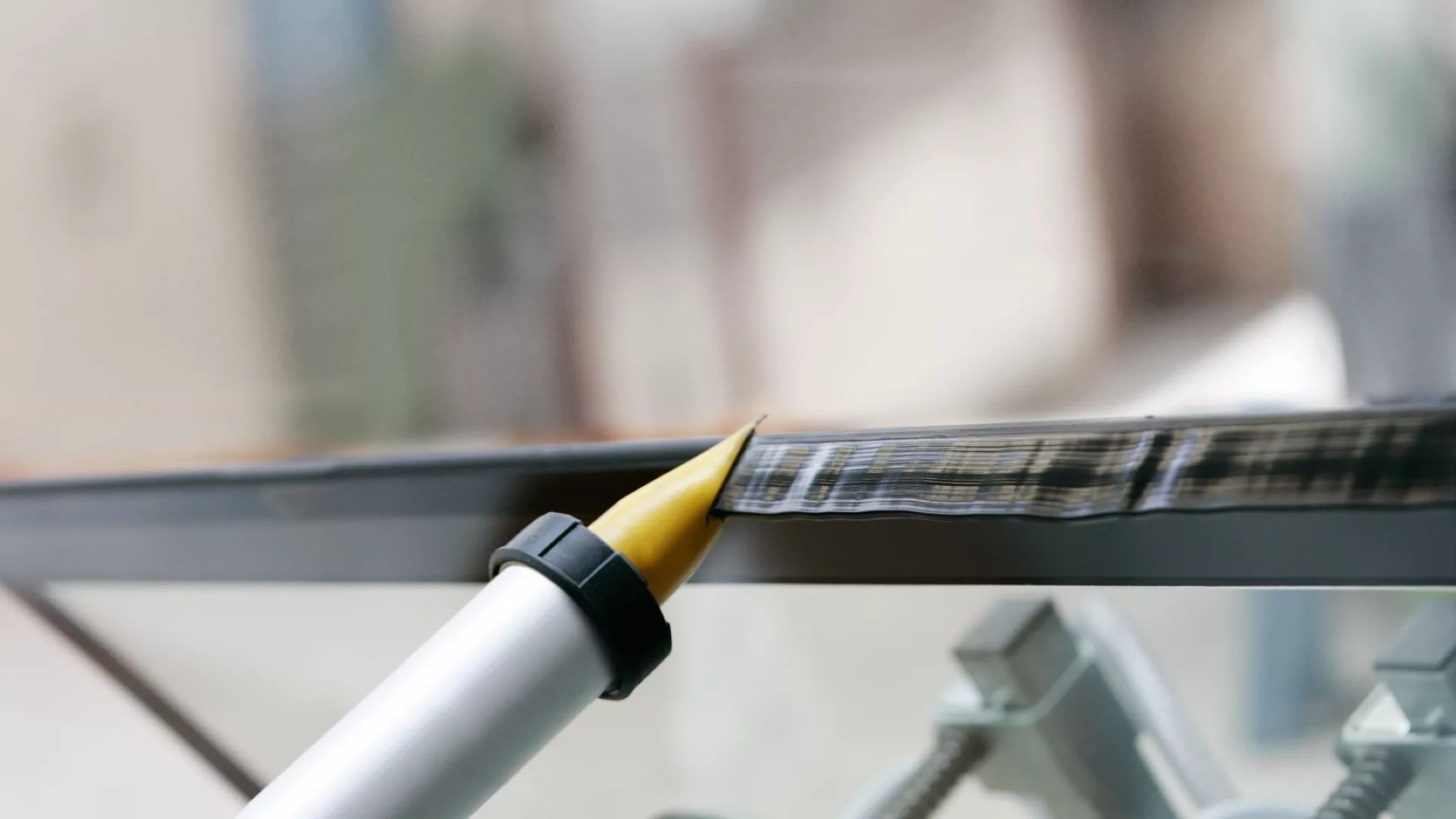
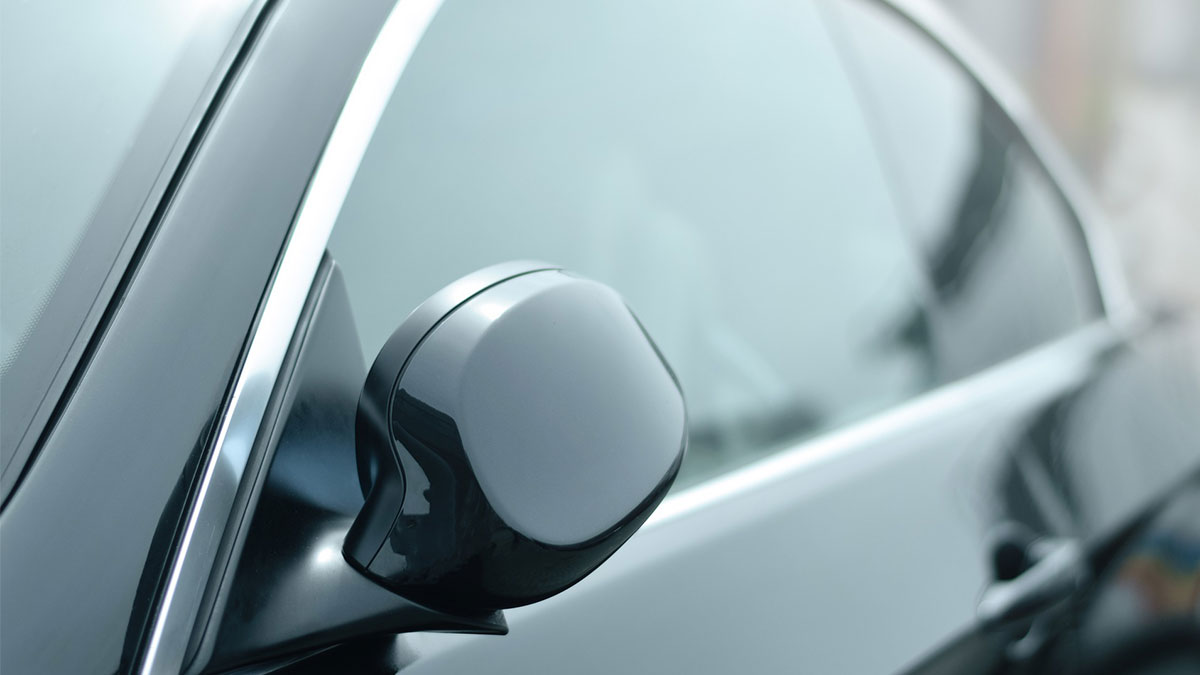

0 thoughts on “What Is The Front Glass Of A Car Called”